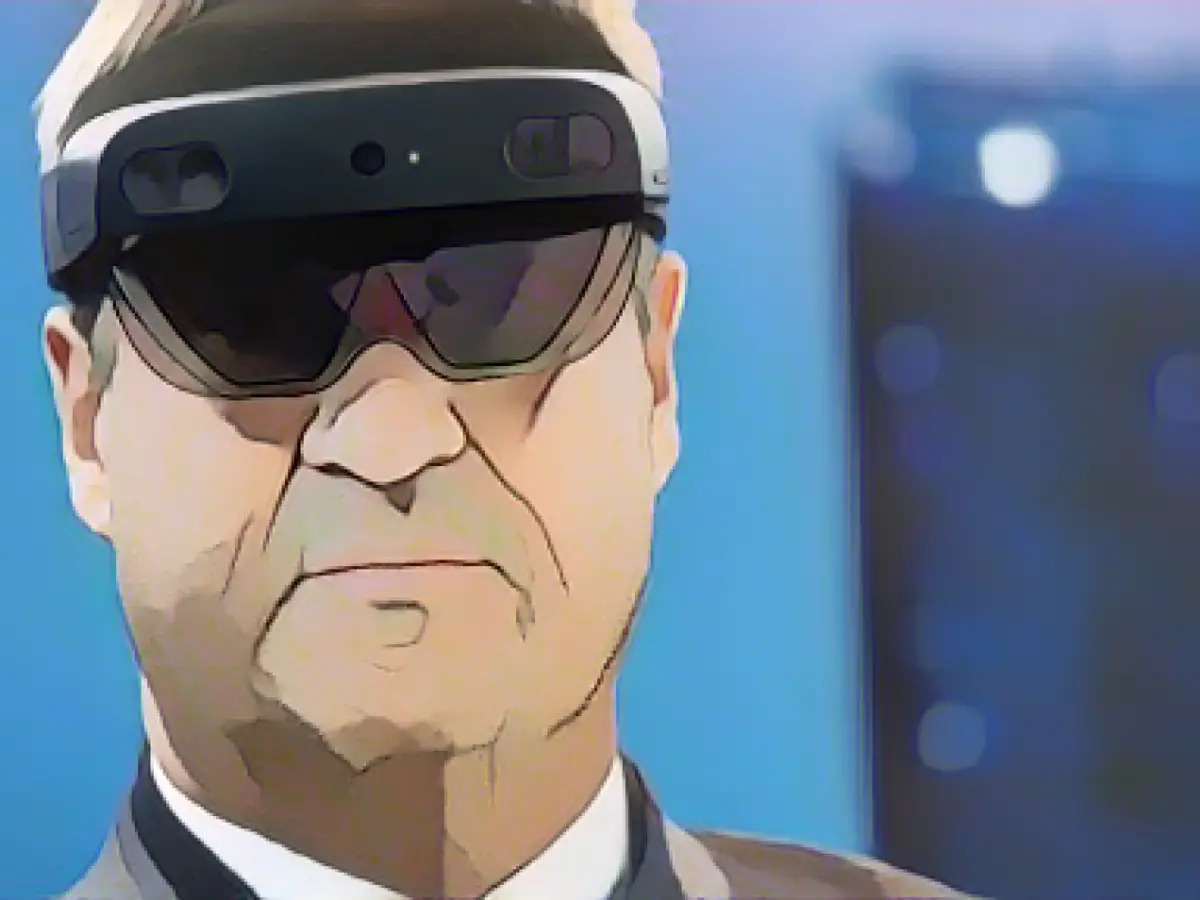Telecommunications: Holographic Telephony Coming Soon from Telefónica
Get ready to leap into the future of communication! According to Telefónica, holographic phone calls could become a reality by 2026 (!). That's right, in just a couple of years, you'll be able to see the person you're talking to as a 3D image during your calls!
"Our aim is to have the product ready for the market within two to three years," said Mallik Rao, Head of Technology at Telefónica Deutschland, speaking to a German press agency in Munich. The technology is expected to be fully integrated into the company's system and adequately tested by then.
Telefónica, also known as O2, currently has holographic technology in the works on its Munich campus, as shown during its 25th anniversary celebration of its network. During this event, Bavaria's Minister President, Markus Söder, made a holographic phone call using VR glasses. However, his enthusiasm for the technology seemed questionable, raising doubts about the potential advantages of holography compared to video calls.
But, fear not! Telefónica and its competitors in the industry are working together to establish standards for holographic connections across networks. This means that you can potentially holograph with people across networks, making calls between O2 and Vodafone customers possible, for example.
All major competitors – Telekom, Vodafone, O2, Orange, and Matsuko – are also working independently to integrate holography into their respective networks. Good progress is being made, according to O2's Innovation Manager Karsten Erlebach, who emphasizes the importance of 5G wireless standards for holography, but also notes that holography can also work with fixed fiber optic networks.
The benefits of holography could revolutionize communication as we know it. While industries like technology may be early adopters, holography could have potential in many different professional and personal contexts. In fact, the digital association Bitkom has even highlighted the advantages of holography, stating that it can make communication more realistic and emotional, even when people are in different locations.
However, hologram technology is still in its infancy, and the cost of the required equipment like VR glasses – such as the Meta Quest 3, priced over €500 – could be a barrier to widespread adoption. While advancements in the technology are promising, holograms as we see in science fiction films may still be a distant dream.
So, while the future of holography in telecommunications may still be uncertain, one thing is for sure – the industry is eagerly working to bring this innovative technology to the masses and revolutionize the way we communicate in the digital age. Stay tuned for updates, and get ready to step into the world of holographic telephony!
Further Reading
Insights
- Advancements in holographic displays and VR technology continue to grow, driving interest in and development of holographic telephony.
- Major telecom companies like Telekom, Vodafone, O2, Orange, and Matsuko are working together on standards for holographic connections across networks.
- Incorporation of artificial intelligence (AI) in telecommunications operations and services could potentially support the integration of holography, improving network optimization, security, and customer experiences.
- Telefónica, Deutsche Telekom's sister company, is also actively involved in the holography network project, exploring potential applications and the use of VR technology to enhance the customer experience.








